工业涂装流水线真的是制造业的表面焕新引擎吗?
在制造业的庞大体系中,工业涂装流水线宛如一条灵动的 “彩练”,穿梭于生产车间,为各类产品披上绚丽且实用的 “外衣”。它不仅仅是简单的涂漆作业,更是融合了先进技术、高效生产与质量保障的综合性生产系统,深刻影响着产品的外观、防护性能与市场竞争力。
In the vast system of manufacturing, the industrial coating assembly line is like a dynamic "color train" shuttling through the production workshop, putting a dazzling and practical "coat" on various products. It is not just a simple painting operation, but a comprehensive production system that integrates advanced technology, efficient production, and quality assurance, profoundly affecting the appearance, protective performance, and market competitiveness of products.
工作流程:精密协作的工艺链条
Workflow: Precise collaborative process chain
工业涂装流水线的工作流程通常涵盖多个紧密相连的环节,从预处理到最终的涂层固化,每个步骤都对涂装质量有着关键影响。
The workflow of industrial painting assembly lines usually involves multiple closely connected links, from pretreatment to final coating curing, each step has a critical impact on the quality of painting.
预处理阶段是整个流程的基础,目的在于清洁和优化工件表面,确保涂层能够牢固附着。对于金属工件,常见的预处理方法包括脱脂、除锈、磷化等。脱脂工序利用碱性或溶剂型清洗剂,去除工件表面的油污和杂质,为后续处理创造良好条件。除锈则通过化学或机械方法,如酸洗、喷砂等,去除工件表面的锈蚀层,恢复金属光泽。磷化过程在工件表面形成一层磷酸盐保护膜,增强涂层与工件的附着力,提升耐腐蚀性。对于塑料等非金属工件,预处理可能涉及打磨、底涂等操作,以改善表面粗糙度,提高涂层的粘结力。
The preprocessing stage is the foundation of the entire process, aimed at cleaning and optimizing the surface of the workpiece to ensure that the coating can adhere firmly. For metal workpieces, common pretreatment methods include degreasing, rust removal, phosphating, etc. The degreasing process uses alkaline or solvent based cleaning agents to remove oil and impurities from the surface of the workpiece, creating favorable conditions for subsequent processing. Rust removal is achieved through chemical or mechanical methods such as acid washing, sandblasting, etc., to remove the rust layer on the surface of the workpiece and restore its metallic luster. The phosphating process forms a layer of phosphate protective film on the surface of the workpiece, enhancing the adhesion between the coating and the workpiece and improving corrosion resistance. For non-metallic workpieces such as plastics, pre-treatment may involve operations such as grinding and primer coating to improve surface roughness and enhance coating adhesion.
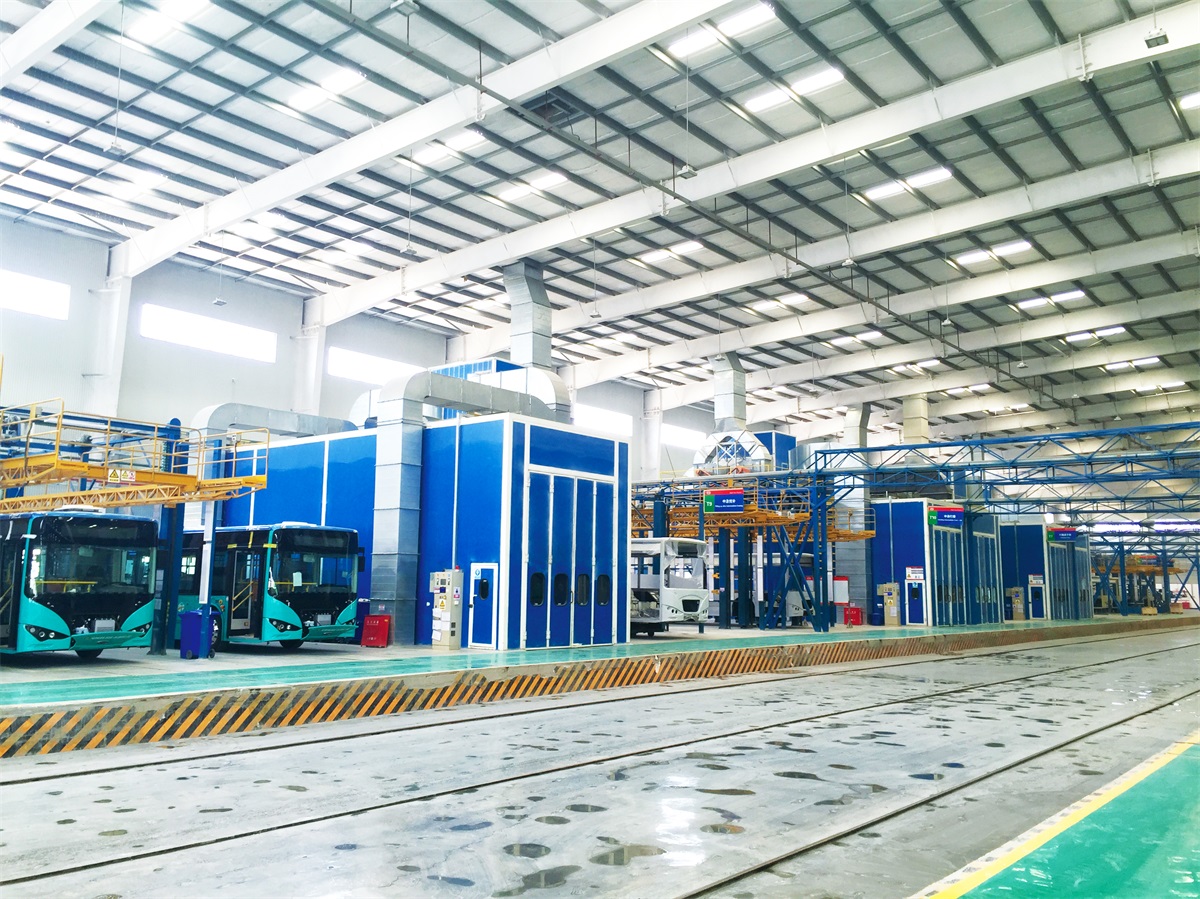
涂装环节是流水线的核心,根据不同的产品需求和涂层要求,可采用多种涂装方式。喷涂是最为常见的方法,包括空气喷涂、静电喷涂等。空气喷涂利用压缩空气将涂料雾化,均匀地喷涂在工件表面,适用于各种形状和材质的工件,操作灵活,涂层厚度易于控制。静电喷涂则借助高压静电场,使涂料粒子带上电荷,在电场力作用下吸附到工件表面,这种方式能够提高涂料利用率,减少浪费,且涂层均匀、质量高,尤其适用于大批量生产。此外,还有浸涂、滚涂等涂装方式。浸涂是将工件完全浸入涂料槽中,使涂料均匀覆盖工件表面,适用于形状复杂、对涂层厚度要求较高的工件。滚涂则通过滚筒将涂料均匀地涂布在工件表面,常用于平板状工件的涂装,效率较高。
The painting process is the core of the assembly line, and various painting methods can be used according to different product requirements and coating requirements. Spraying is the most common method, including air spraying, electrostatic spraying, etc. Air spraying uses compressed air to atomize the coating and evenly spray it onto the surface of the workpiece. It is suitable for workpieces of various shapes and materials, with flexible operation and easy control of coating thickness. Electrostatic spraying utilizes a high-voltage electrostatic field to charge the coating particles and adsorb them onto the surface of the workpiece under the action of electric field force. This method can improve the utilization rate of the coating, reduce waste, and achieve uniform and high-quality coating, especially suitable for large-scale production. In addition, there are coating methods such as immersion coating and rolling coating. Dip coating is the process of completely immersing a workpiece into a coating tank, ensuring that the coating evenly covers the surface of the workpiece. It is suitable for workpieces with complex shapes and high requirements for coating thickness. Roll coating is the process of evenly applying paint onto the surface of a workpiece using a roller, and is commonly used for coating flat workpieces with high efficiency.
涂层固化是确保涂装质量的关键步骤。根据涂料的性质和涂层要求,固化方式主要有自然干燥、加热固化和紫外线固化等。自然干燥适用于一些挥发性涂料,在常温下通过溶剂挥发使涂层干燥固化,但其过程较慢,受环境因素影响较大。加热固化则通过加热设备,如烘箱、烘道等,将工件加热到一定温度,加速涂料中树脂的交联反应,使涂层快速固化,提高生产效率。紫外线固化是利用紫外线照射涂层,引发涂料中的光敏剂发生光化学反应,实现快速固化,这种方式具有固化速度快、节能、环保等优点,在一些对生产效率要求极高的行业,如家具制造、电子电器等领域应用广泛。
Coating curing is a key step in ensuring coating quality. According to the properties and coating requirements of the coating, the curing methods mainly include natural drying, heating curing, and ultraviolet curing. Natural drying is suitable for some volatile coatings, which dry and solidify the coating through solvent evaporation at room temperature. However, the process is slow and greatly affected by environmental factors. Heating curing is achieved by using heating equipment such as ovens, drying channels, etc. to heat the workpiece to a certain temperature, accelerate the cross-linking reaction of the resin in the coating, and rapidly cure the coating, thereby improving production efficiency. UV curing is the use of ultraviolet radiation to irradiate coatings, triggering photochemical reactions of photosensitizers in the coatings to achieve rapid curing. This method has the advantages of fast curing speed, energy saving, and environmental protection, and is widely used in industries that require high production efficiency, such as furniture manufacturing and electronic appliances.
本文由工业涂装流水线友情奉献.更多有关的知识请点击:http://www.sdcjtz.com真诚的态度.为您提供为全面的服务.更多有关的知识我们将会陆续向大家奉献.敬请期待.
This article is a friendly contribution from the industrial painting assembly line For more information, please click on: Sincere Attitude To provide you with comprehensive services We will gradually contribute more relevant knowledge to everyone Coming soon.
上一篇:VOCs 废气处理:守护蓝天的关键行动
下一篇:多工位焊烟除尘设备的工作原理

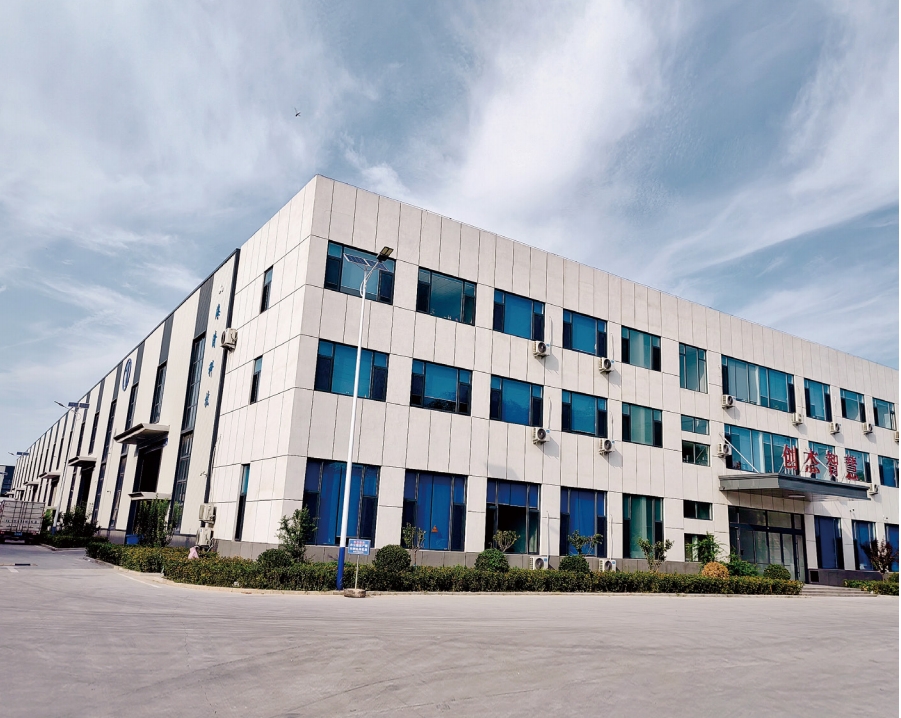
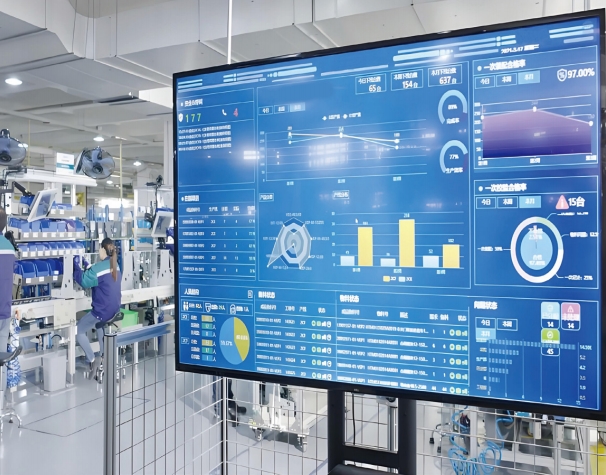
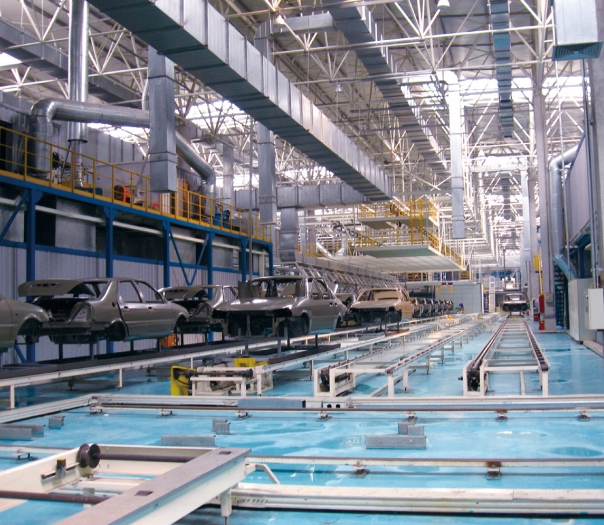
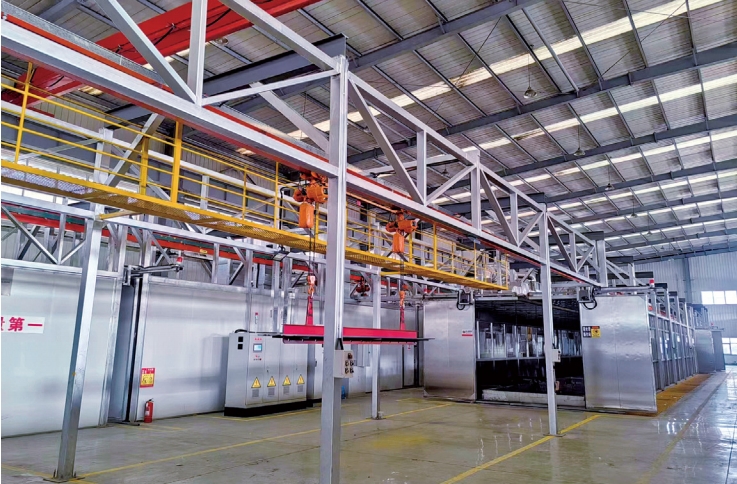
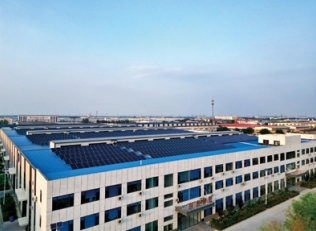
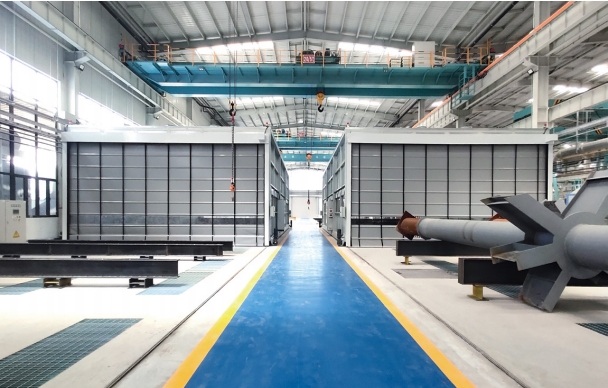
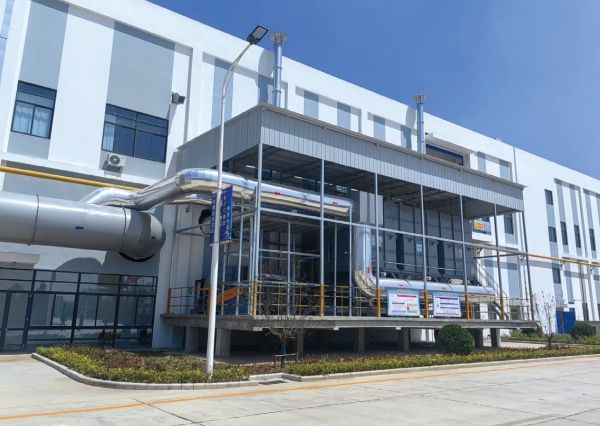
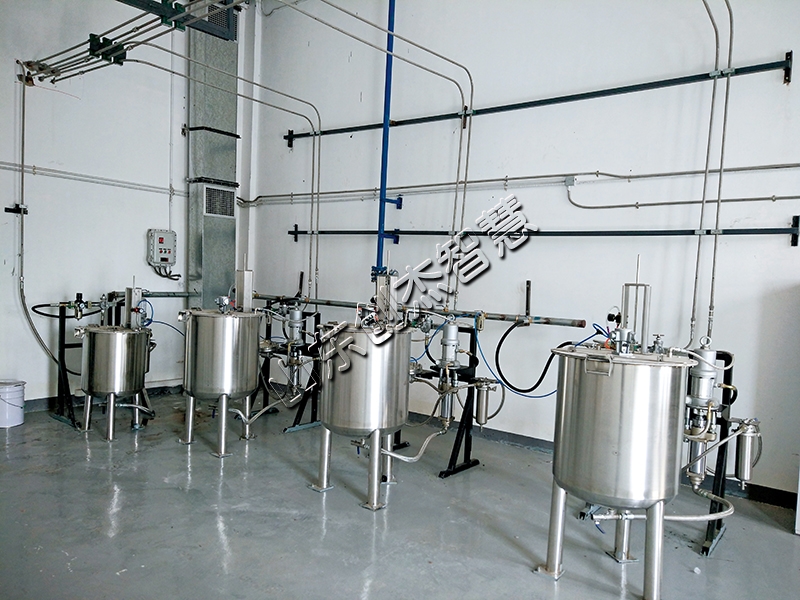
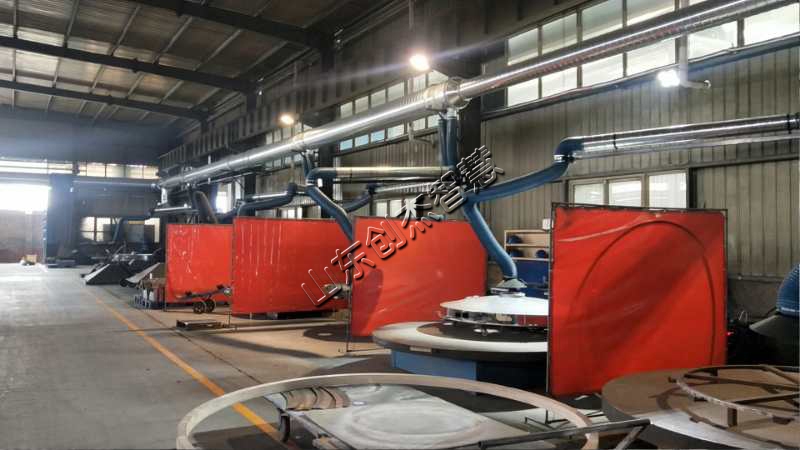
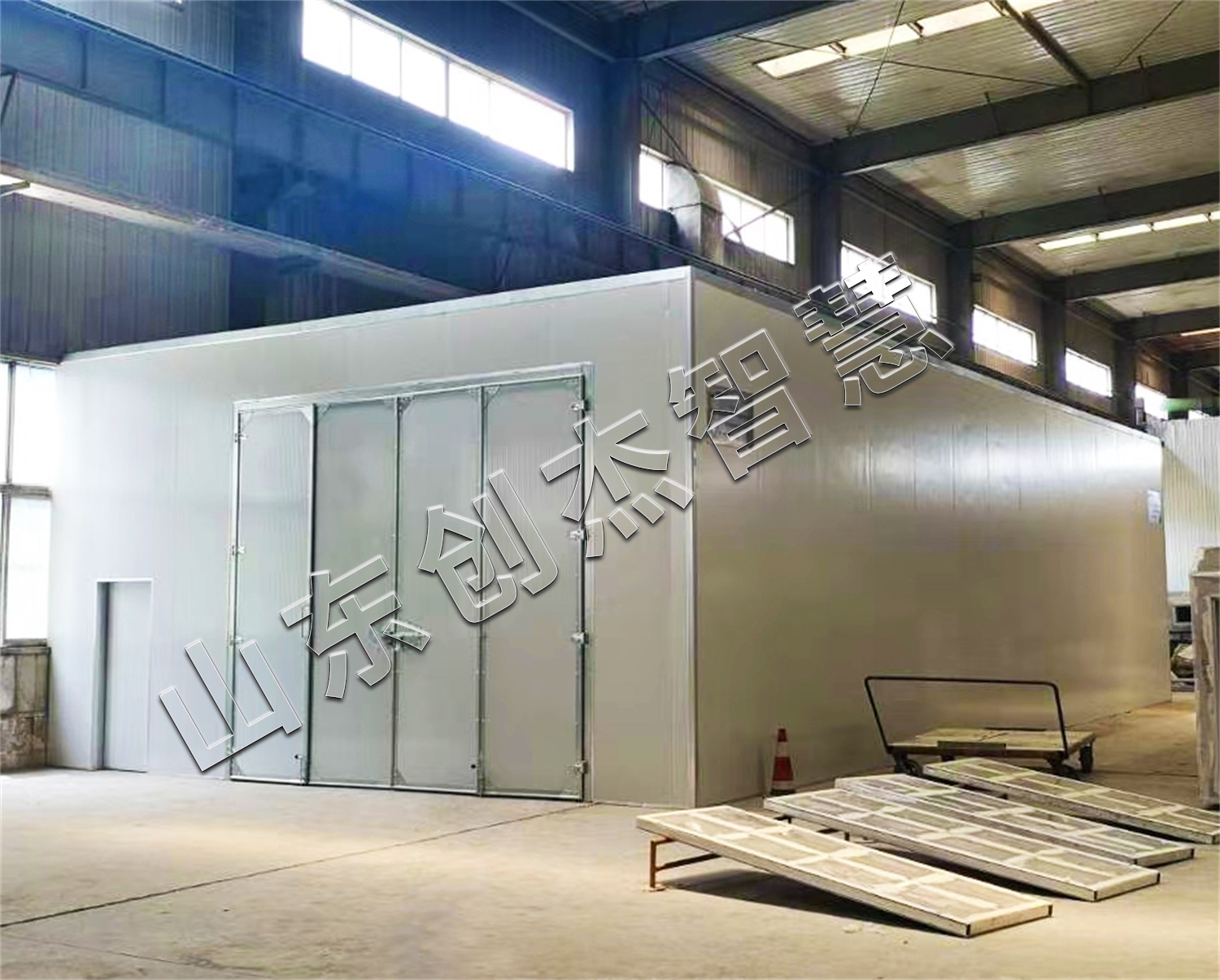
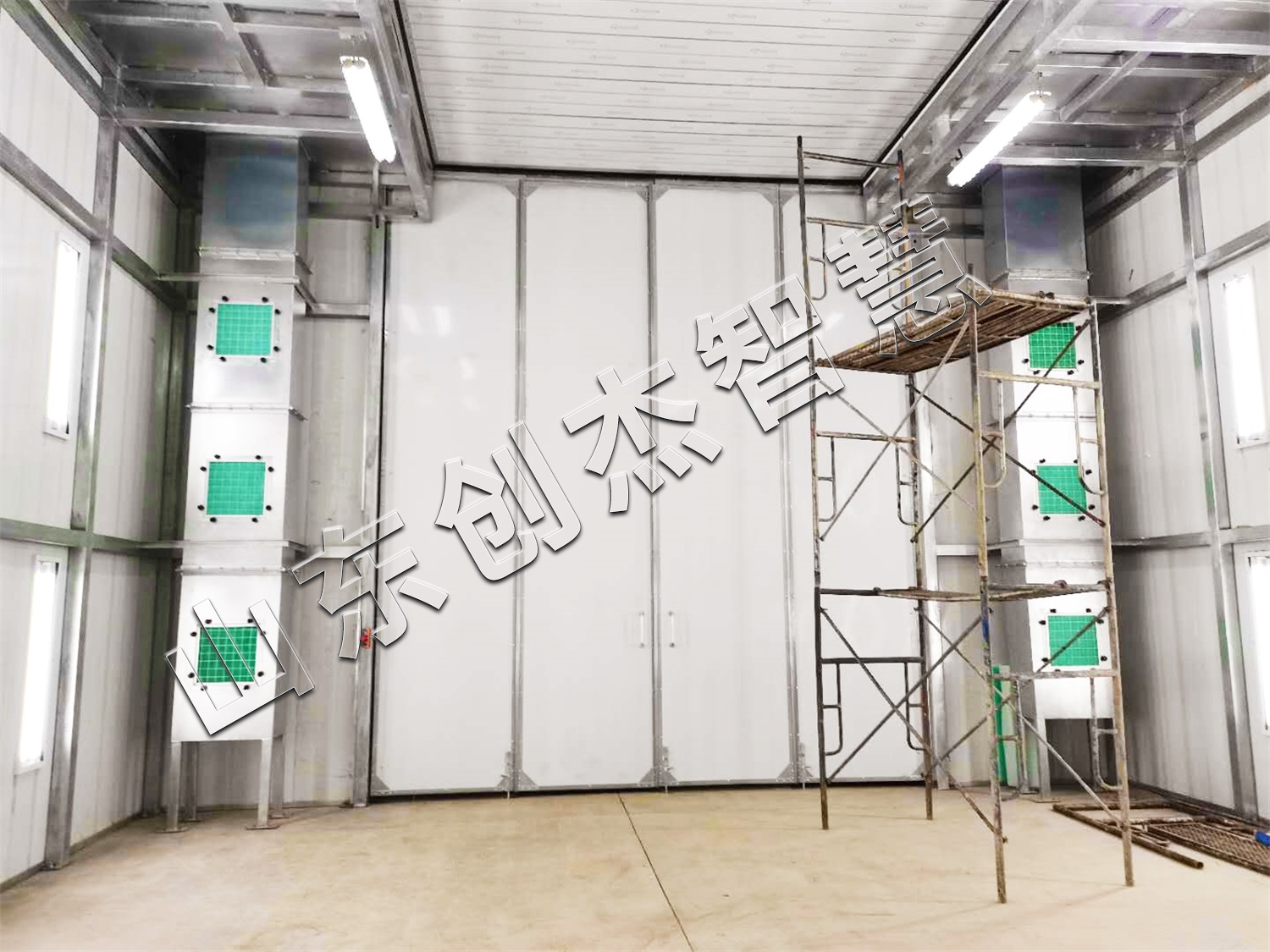
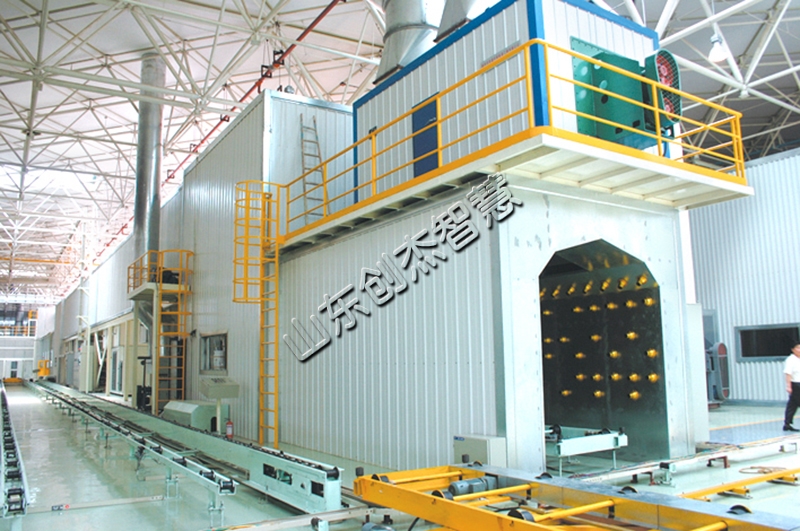
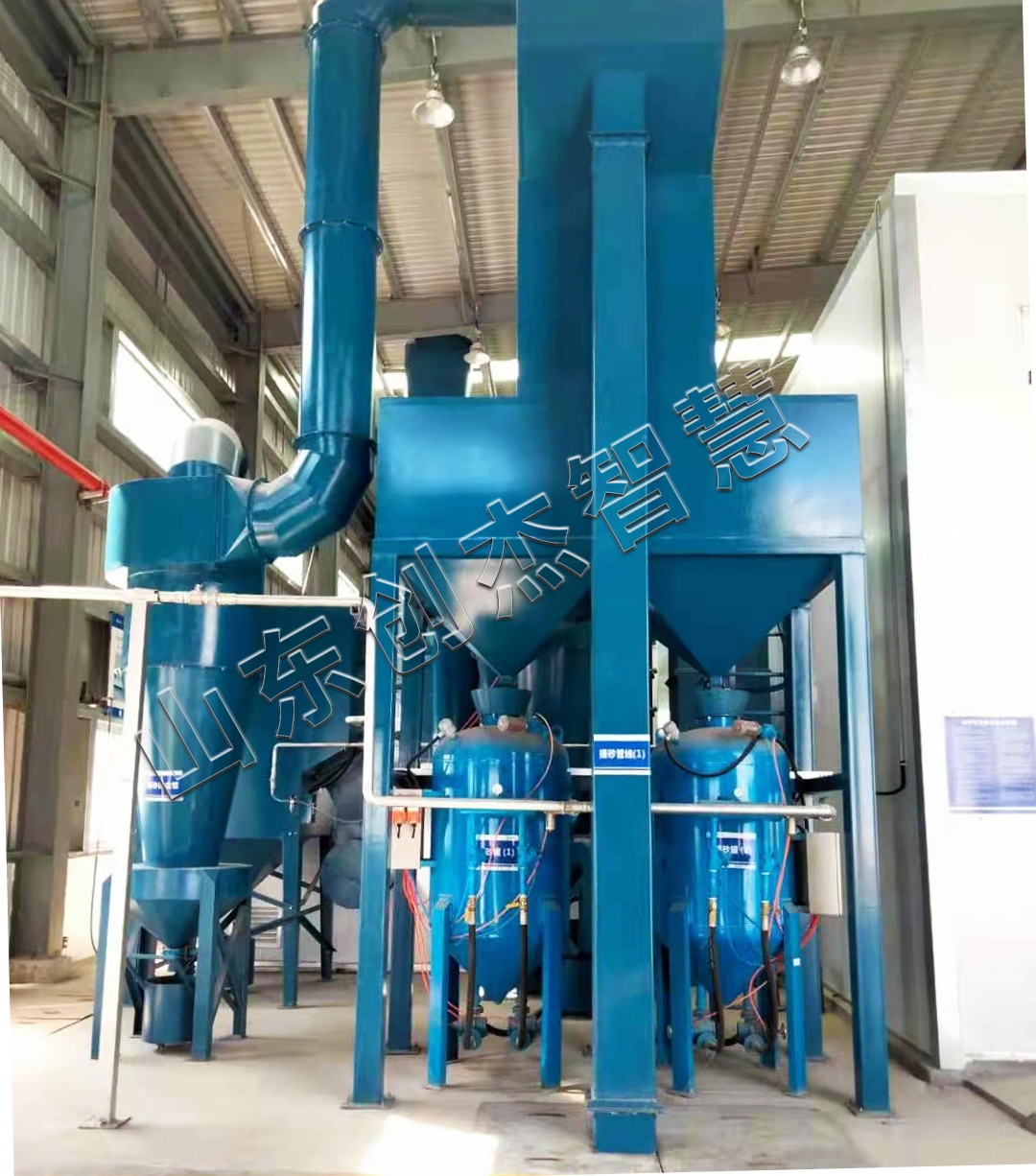

 鲁公网安备 37142502000144号
鲁公网安备 37142502000144号